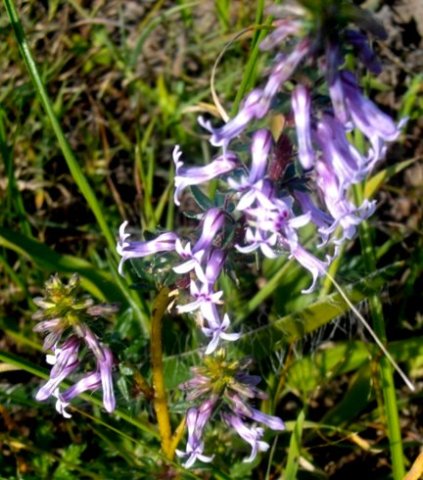Cyphia

Author: Ivan Lätti
Photographer: Ivan Lätti
Cyphia, commonly the baroe (a Khoi name), is a genus of perennials, some erect, others twining. Many baroe species grow from tuberous rootstocks, some tubers potato-like. Many of the plants are summer dormant, regrowing from the tubers after rain.
The Cyphia genus forms part of the Lobeliaceae family. It was classified under Campanulaceae or bellflower at some stage in the past.
The leaves grow directly from the ground or alternate on the stems. They are simple with entire or toothed margins, or divided. Leaf-shape is broadly ovate to narrowly linear.
The flowers grow from upper leaf axils, solitary or in racemes. The floral bracts are lance-shaped to awl-shaped. The calyx is shorter than the corolla tube, its lobes ovate to linear, sometimes with toothed margins.
The corolla is mostly two-lipped, lateral slits in the tube causing lobes to cohere in groups of two and three respectively; otherwise the five lobes are equal or nearly so. The corolla is white, mauve or purple, sometimes with markings in those colours.
The stamens are free from the petals, the filaments connected in some species in a hairy tube. The anthers are often oblong and hairy on the back. The ovary is partly inferior, the style cylindrical, sometimes thick, enclosed in the staminal tube, when there is one.
The fruit is an ellipsoid or globose capsule, its surface ribbed, sometimes tubercled between ribs. The seeds are disc-shaped and winged or three-angled.
There are 60 Cyphia species, all occurring in Africa, 35 of which in southern Africa.
The tubers are well-known as food items, varying in importance across species and regions. The tubers are said to be tasteless and watery or milky, some serving as staple food or thirst quenchers.
The plant in picture seen in August near Darling is thought to be Cyphia digitata (Leistner, (Ed.), 2000; Manning, 2007; Van Wyk and Gericke, 2000).

